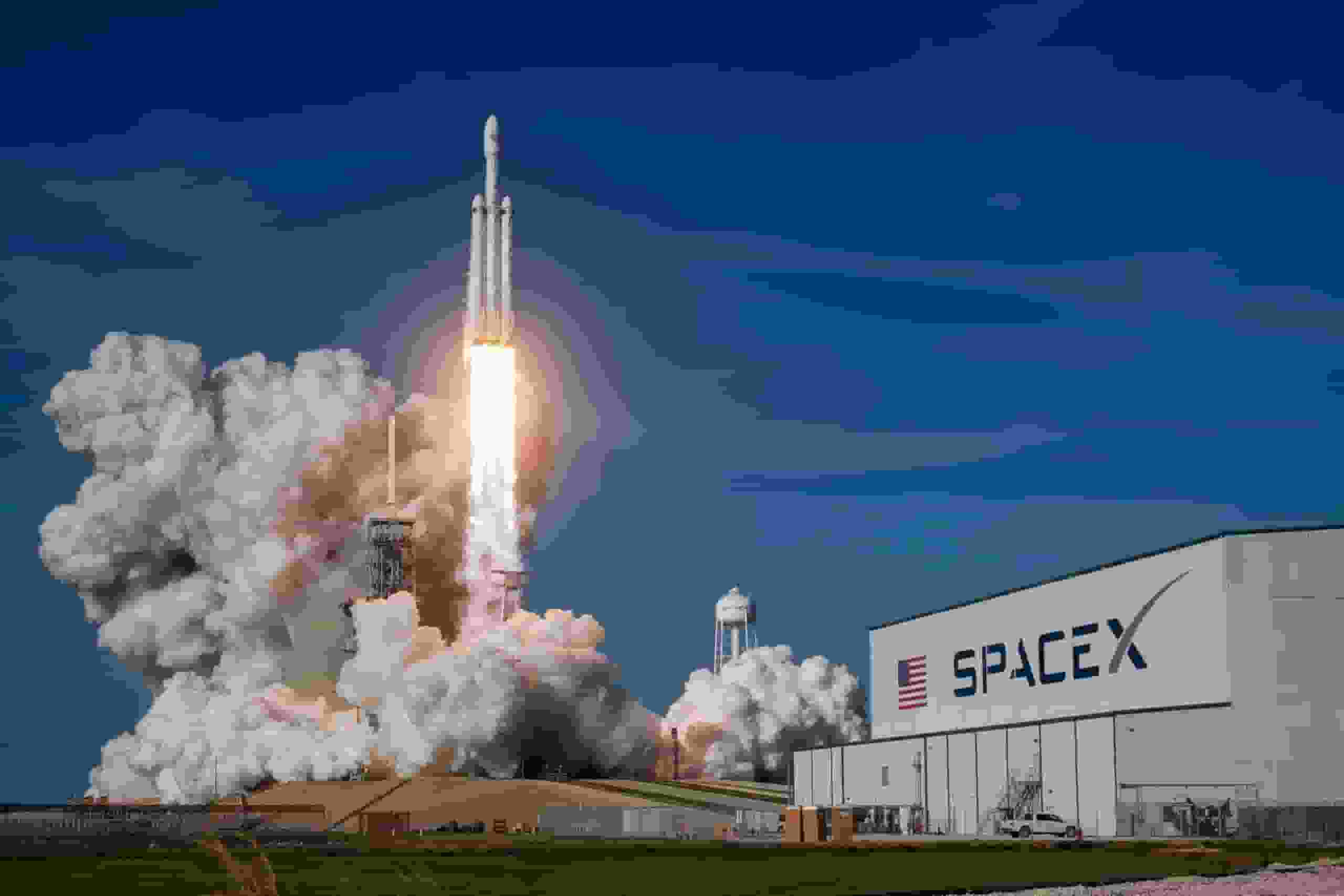
The next crewed mission to the International Space Station (ISS), SpaceX Crew-6 mission with four astronauts, will help NASA prepare for crewed lunar missions, among other objectives.
NASA is preparing for its next major moon mission only two months after its previous one splashed down. The Artemis 1 mission utilized the human-rated Orion capsule to transport three mannequins and a variety of scientific instruments to lunar orbit and back.
SpaceX Crew-6 Launch
In 2024, four astronauts will circumnavigate the moon aboard Artemis 2. This spring, it is anticipated that the pilot will be announced.
Crew-6, which is scheduled to launch no earlier than February 26 atop a Falcon 9 rocket, will conduct research aimed at advancing future long-term extraterrestrial living, according to Space.com interviews with several of its crew members.
Launching from Launch Complex 39A at NASA’s Kennedy Space Center in Florida, the crew will consist of NASA astronauts Stephen Bowen and Warren “Woody” Hoburg, UAE (United Arab Emirates) astronaut Sultan Alneyadi, and Roscosmos cosmonaut Andrey Fedyaev.
Stephen Bowen
Bowen has completed three space shuttle missions, including STS-126 in 2008, STS-132 in 2010, and STS-133 in 2011. Bowen has spent more than 40 days in space, 47 of which were spent on seven spacewalks.
He will be in charge of the entire flight as the mission commander, from takeoff to re-entry. On the space station, he will work as a flight engineer for Expedition 69.
Warren “Woody” Hoburg
Hamburg’s first flight since being chosen as an astronaut in 2017 will be on this mission. As the pilot, he will be in charge of the spacecraft’s systems and operation. He will work as an Expedition 69 flight engineer on the space station.
Pittsburgh, Pennsylvania is where Hoburg is from. In addition to a doctorate in electrical engineering and computer science from the University of California, Berkeley, he holds a bachelor’s degree in aeronautics and astronautics from MIT.
Hoburg was an MIT assistant professor of aeronautics and astronautics when he was chosen as an astronaut. The research of Hoburg concentrated on effective techniques for engineering system design. He has commercial ratings for the instrument, single, and multi-engine flying.
Sultan Alneyadi
Alneyadi will make his first trip to space on behalf of the Mohammed bin Rashid Space Center of the United Arab Emirates. Alneyadi will be the first astronaut from the UAE and will travel in a personal spacecraft. He will join Expedition 69 as a flight engineer once on board the station.
Andrey Fedyaev
Fedyaev, who will be traveling to space for the first time, will also perform the duties of a mission specialist, helping to keep an eye on the spacecraft during the challenging launch and re-entry phases of flight. He’ll be Expedition 69’s flight engineer.
After Hazza Al Mansoori’s historic eight-day debut mission in 2019, Sultan Al Neyadi is the first UAE astronaut in the young program to accept a long-duration mission. Through a series of astronaut seat swaps between participating ISS nations, Al Neyadi obtained his Crew-6 seat.
Read more: Israeli drone has the capacity to carry a ton of free-falling bombs
ISS Accommodates Astronauts’ Living Quarters

He noted that since long-duration astronaut stays there began 22 years ago, the ISS has hosted tests of all kinds of technology; recycling urine into water is one well-known example he cited.
However, a number of experiments on the station’s Expedition 69, which will start right after Crew-6 arrives, will be specifically related to moon research.
According to NASA documentation, moon-related investigations include a microscope that might function on the lunar surface, a look at space station microbes that might keep astronauts healthy on the moon, and an experimental high-speed communications system.

